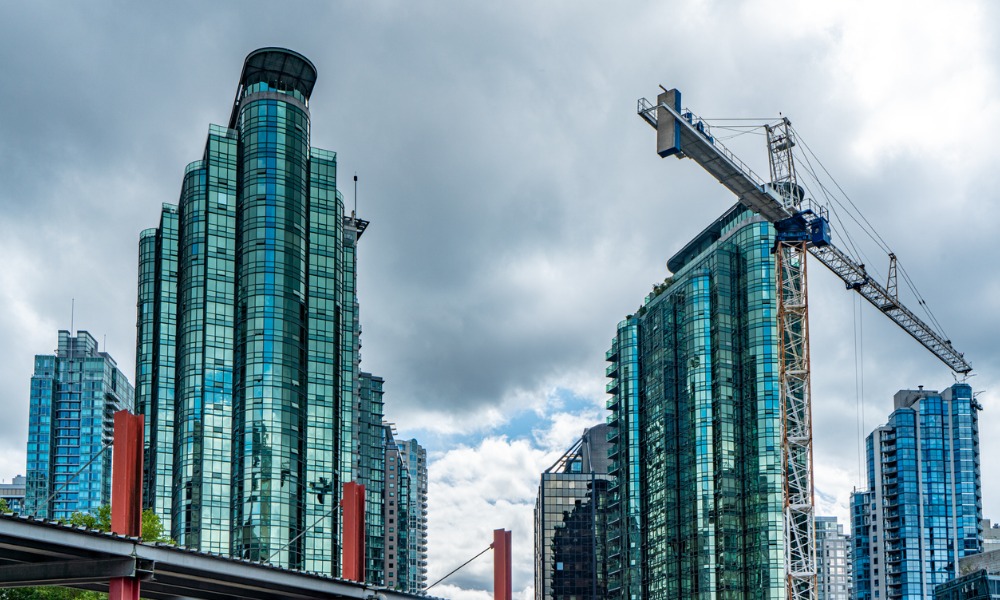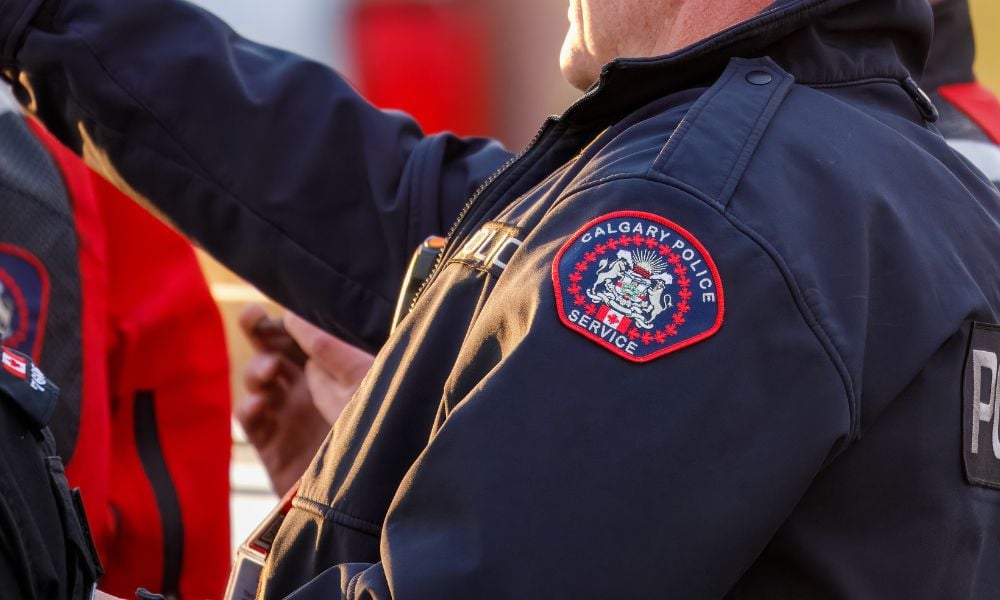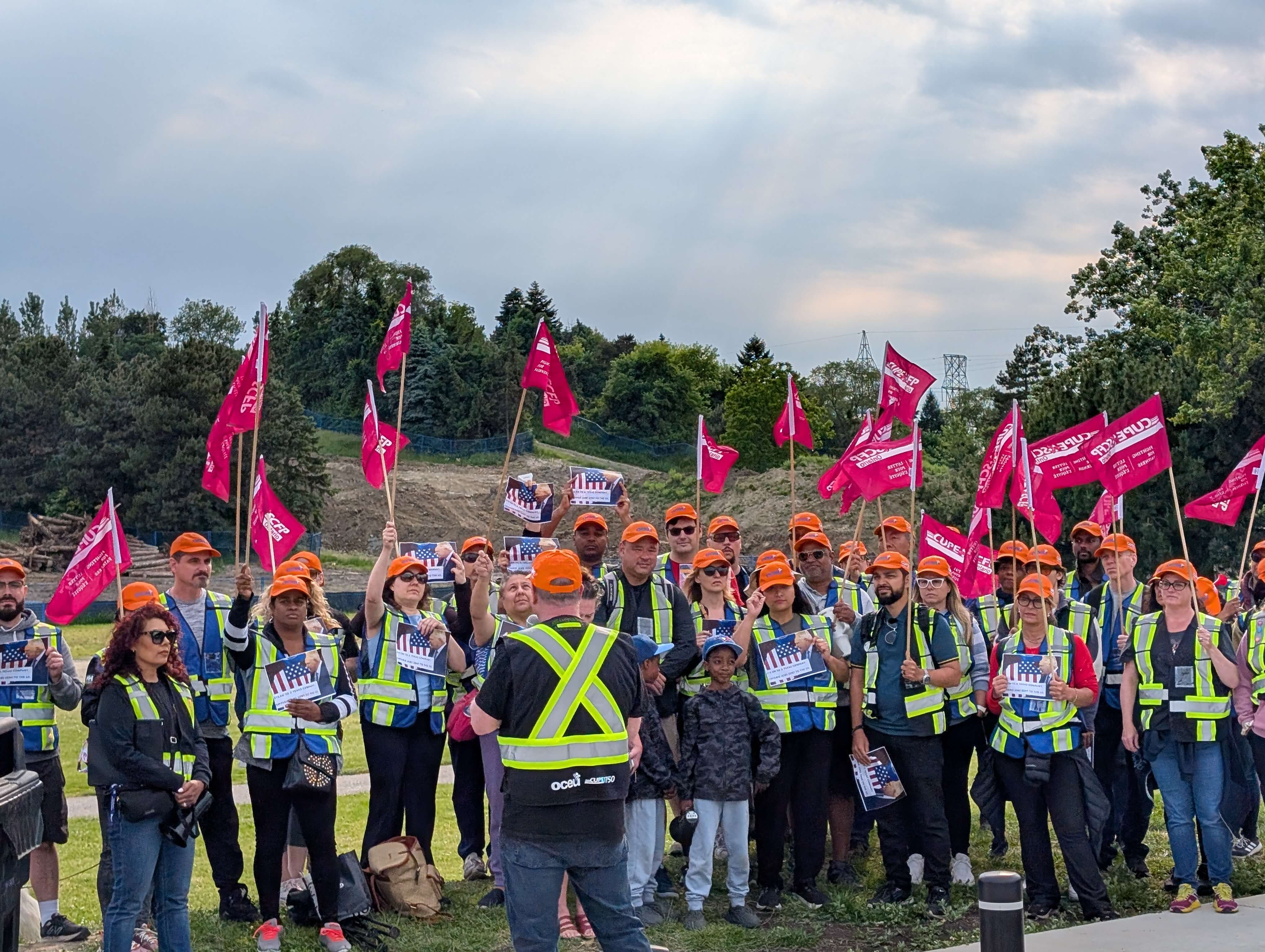Employers required to submit a Notice of Project to WorkSafeBC

Starting October 1, 2024, new regulations come into effect in British Columbia that aim to improve the safety of tower crane operations across the province. Under these amendments to the Occupational Health and Safety Regulation, employers will now be required to submit a Notice of Project (NOP) to WorkSafeBC before any tower crane activities begin. This is part of a broader effort to address growing safety concerns in an industry seeing rapid expansion.
Suzana Prpic, from WorkSafeBC’s prevention services, says this new requirement is a proactive step to enhance crane safety on complex worksites. “A Notice of Project is a formal notification that an employer who’s conducting this work must submit to WorkSafeBC before starting certain types of work activities,” she says. “This is one of many recommendations that WorkSafeBC has made since 2021 to improve crane safety in the province.”
Industry support for the new requirement
The NOP must be submitted at least two weeks before any crane erection, repositioning, climbing, or dismantling begins. It includes key information such as the name and contact information of those responsible, the location of the project, and the qualifications of the crane supervisor. This ensures WorkSafeBC can conduct proper inspections and engage with employers ahead of time.
According to Prpic, the new regulation has been welcomed with strong support from industry stakeholders. “We’ve had several industry meetings to discuss the new regulation in terms of the support that would be provided,” she explains. “There’s been a lot of great opportunities for communication and dialogue with employers before the work starts, which really helps address the risks associated with the rising number of cranes and the complexity of these modern worksites.”
With approximately 350 tower cranes currently operating in British Columbia, the province has seen a sharp increase in crane activities, especially on multi-employer worksites. WorkSafeBC, alongside industry partners such as the BC Association for Crane Safety, has been working to develop resources and safety strategies tailored to these growing challenges. This includes developing pre-job checklists, toolbox talks, and best practice toolkits that employers can access to ensure compliance with the new requirements.
Emphasizing crane operator competency
One of the central focuses of the new regulation is ensuring that crane operators and supervisors demonstrate competency before undertaking any work. “Employers are confirming that their workers can demonstrate competency and are familiar with the machine operating instructions prior to operation,” Prpic says, highlighting the emphasis placed on ensuring workers are adequately trained and prepared.
WorkSafeBC’s approach builds on the Crane and Rigging Risk-Reduction Strategy introduced earlier this year, which aims to identify and address gaps in crane safety. This strategy was developed after extensive consultations with industry stakeholders, including crane operators, prime contractors, rental companies, and labor representatives. As part of these ongoing discussions, WorkSafeBC continues to update safety standards and offer guidance to employers.
Looking ahead
While the new NOP requirement marks a significant step forward, WorkSafeBC is not stopping there. Ongoing efforts to improve crane safety include new regulations relating to cranes and hoists, specifically focusing on rigging and qualification standards. Prpic stresses the importance of maintaining communication and providing ongoing support to ensure compliance with both the new and existing safety regulations.
“There’s great research being done in that regard and great interaction with industry,” she says. “Through our consultation, education, and our enforcement, we ensure compliance with the new regulation but also with the existing regulation that’s already part of our framework.”
As WorkSafeBC prepares for the implementation of this new requirement, employers and crane operators across the province are urged to familiarize themselves with the changes and take advantage of the resources available. The ultimate goal is to ensure that B.C.’s rapidly growing construction sector can continue to operate safely, protecting workers and the public from potential crane-related hazards.





